An overview of selected new books in Szilárd Library, with a word from their authors, reviewers and publishers
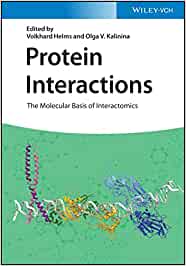
Edited by Volkhard Helms and Olga V. Kalinina
An outlook on the current challenges in the field and suggestions for future research, Protein Interactions will serve as a fundamental resource for novice researchers who want a systematic introduction to interactomics, as well as for experienced cell biologists and bioinformaticians who want to gain an edge in this exciting new field.
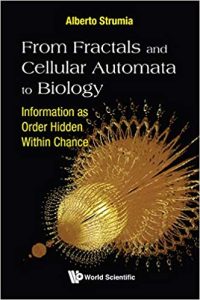
By Alberto Strumia
The didactical level of exposition, together with many astonishing images and animations, accompanied by the related simple computer programming codes (in Python and POV-Ray languages) make this book an extremely and unique useful tool to test the power of algorithmic information in generating ordered structure models (2D and 3D) like regular geometric shapes, complex shapes like fractals and cellular automata, and biological systems as the organs of a living body.
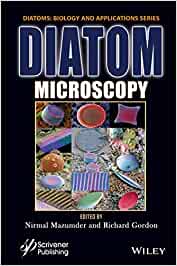
Edited by Nirmal Mazumder and Richard Gordon
This book on Diatom Microscopy gives an introduction to the wide panoply of microscopy methods being used to investigate diatom structure and biology, marking considerable advances in recent technology including optical, fluorescence, confocal and electron microscopy, surface-enhanced Raman spectroscopy (SERS), atomic force microscopy (AFM) and spectroscopy as applied to diatoms.
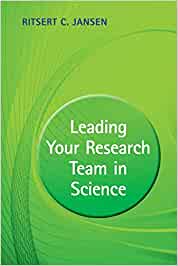
By Ritsert C. Jansen
From human resources and project finances, legal affairs and knowledge transfer to public engagement and media performance, the book provides guidance to enhance skills and combine them with those of support staff on the road to success.
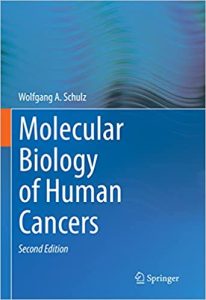
By Wolfgang A. Schulz
Cancer research has now reached a critical stage, in which the accumulated knowledge on molecular mechanisms is gradually translated into improved prevention, diagnosis, and treatment. This book summarizes the state, pitfalls, and potential of these efforts.

By Erik J. Larson
A tech entrepreneur and pioneering research scientist working at the forefront of natural language processing, Erik Larson takes us on a tour of the landscape of AI to show how far we are from superintelligence, and what it would take to get there.
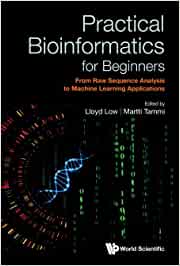
Edited by Lloyd Low and Martti Tammi
This invaluable book provides step-by-step guides to complex topics that make it easy for readers to perform specific analyses, from raw sequenced data to answer important biological questions using machine learning methods. It is an excellent hands-on material for lecturers who conduct courses in bioinformatics and as reference material for professionals.
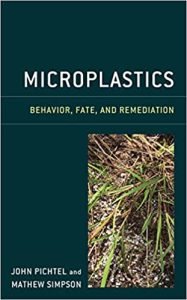
By John Pichtel and Mathew Simpson
Key aspects include: technologies available for removal of microplastics from wastewater and surface water; how various toxins which are sorbed to microplastics adversely affect wastewater treatment processes; technologies at the pilot- and field stage for removal of microplastics from sediment; and the distribution of microplastics in the atmosphere.
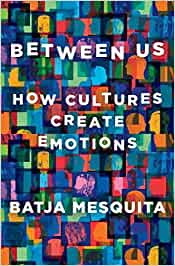
By Batja Mesquita
Brilliantly synthesizing original psychological studies and stories from peoples across time and geography, Between Us skillfully argues that acknowledging differences in emotions allows us to find common ground, humanizing and humbling us all for the better.
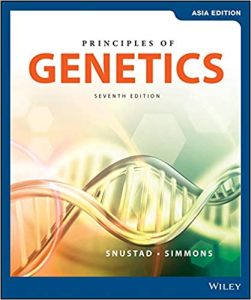
By Peter D. Snustad and Michael J. Simmons
Principles of Genetics is one of the most popular texts in use for the introductory course. The seventh edition has been completely updated to reflect the latest developments in the field of genetics.









